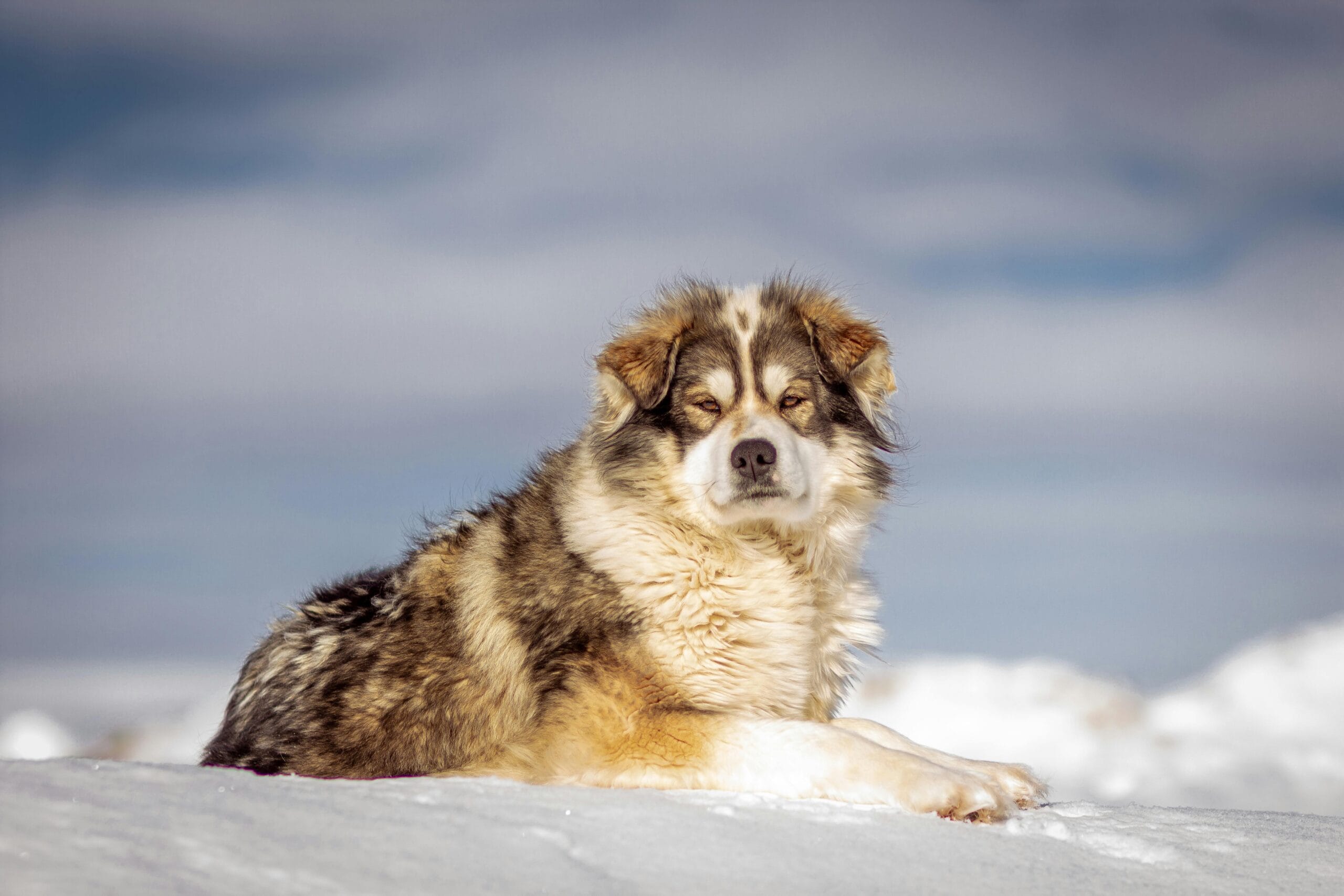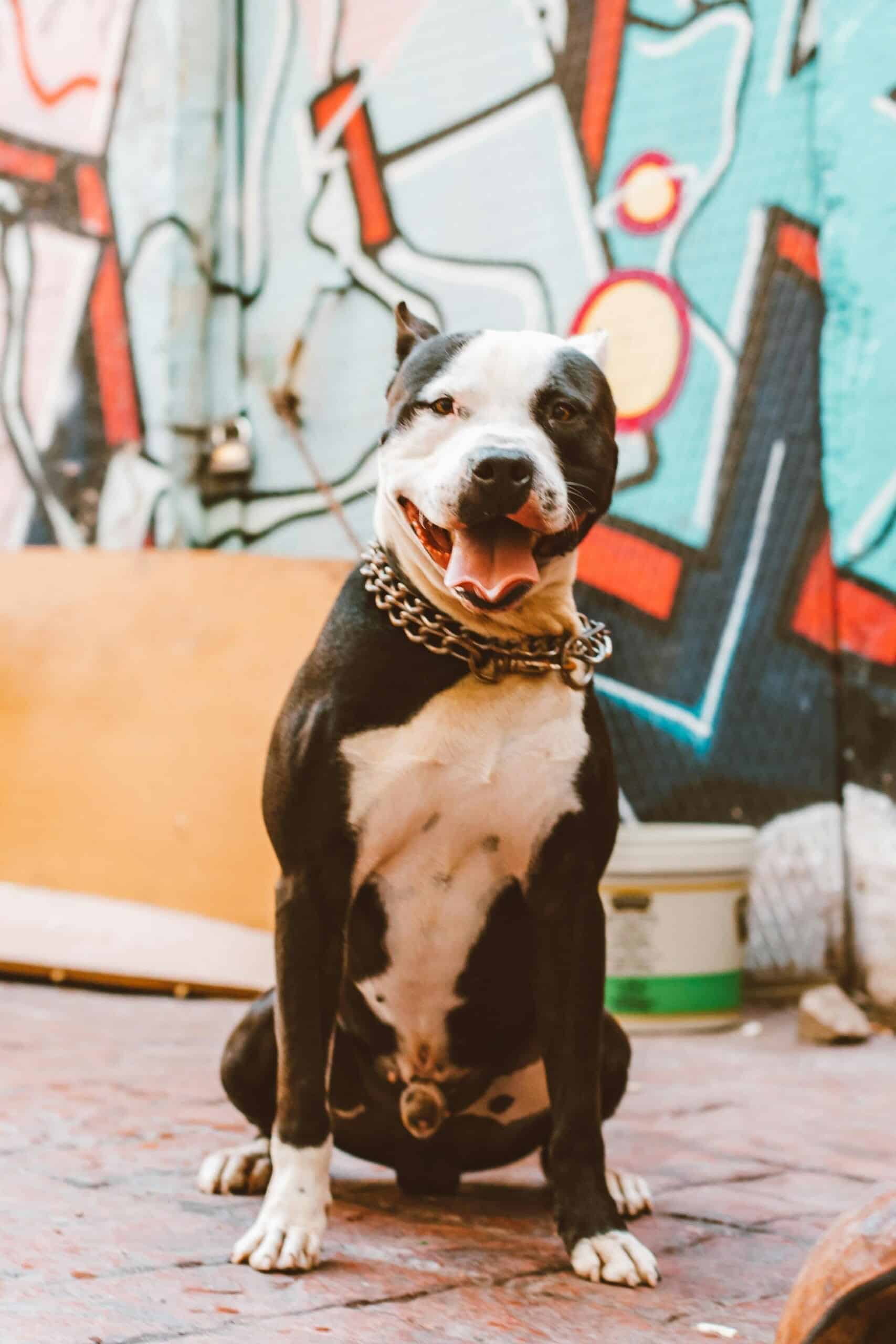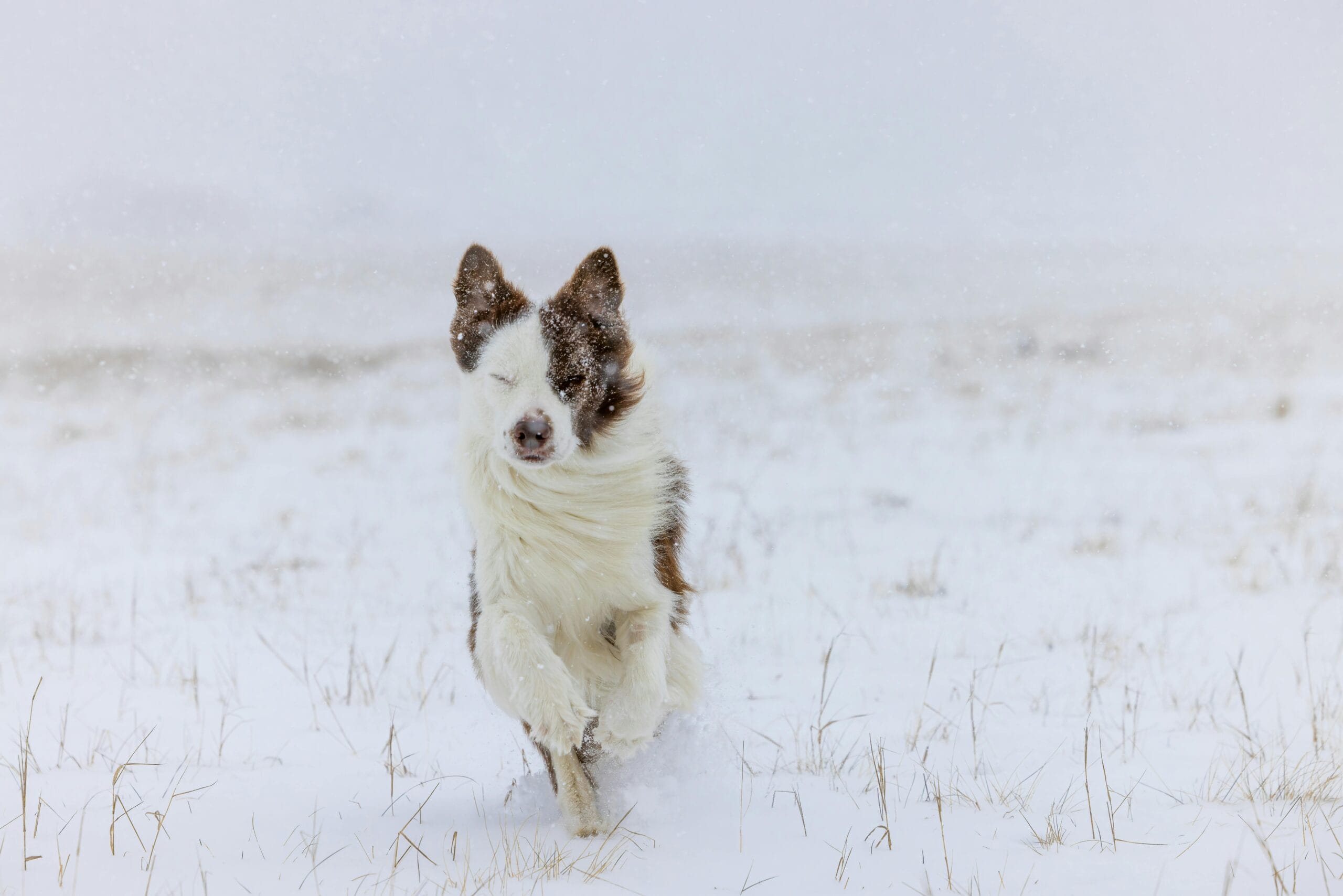Choosing a canine companion can be especially challenging for allergy sufferers. However, there are solutions that can help minimize these inconveniences without sacrificing the opportunity to have a furry friend. In this article, we'll explore hypoallergenic dog breeds, provide tips for caring for them and explain how to maintain a healthy home environment.
Understanding dog allergies
What causes dog allergies?
Dog allergies are caused mainly by proteins found in canine dander, saliva and urine. When these proteins come into contact with allergic individuals, the immune system mistakenly identifies them as threats, triggering various symptoms. It is important to note that dog hair is not the direct source of allergies, although it can carry these allergic proteins.
Common symptoms of dog allergies
Symptoms of dog allergies can vary, but generally include:
- Frequent sneezing
- Nasal congestion
- Itchy skin or eyes
- Cough or throat irritation
- Skin rashes in some cases
If you experience any of these symptoms when around dogs, it may be a sign of an allergy. Consulting a specialist is always a good option to get an accurate diagnosis.
Characteristics of hypoallergenic dogs
Dog breeds less likely to cause allergies
Some dog breeds are known to be friendlier to allergy sufferers. Some of these include:
- Poodle: Known for their dander-trapping curly coat.
- Bichon Frisé: They have a Poodle-like coat that helps reduce the amount of allergens released.
- Schnauzer: They generate less dandruff, which can be beneficial for allergy sufferers.
- Maltese: Their silky coat produces less dander compared to other breeds.
Why some dogs are hypoallergenic
A dog is considered hypoallergenic when it produces fewer allergens compared to other breeds. This is usually due to the texture and density of its coat, which retains dander and prevents it from being dispersed. However, it is crucial to understand that no dog is completely allergen-free.
Tips for reducing allergens in the home
Regular dog maintenance
To minimize exposure to allergens, it is vital to maintain a cleaning routine for your dog. Here are some recommendations:
- Bathe the dog regularly to reduce accumulated dandruff.
- Brush the coat outdoors frequently to prevent allergens from staying indoors.
- Use specialized shampoos that can help control dandruff.
Home care for allergy sufferers
Additionally, maintaining a clean and allergen-free home environment is key for allergy sufferers:
- Vacuum regularly with HEPA filter-equipped devices to trap dander and other allergens.
- Clean furniture and curtains frequently.
- Consider the use of air purifiers to reduce allergens in the environment.
- Establish dog-free zones in the home, such as the bedroom, to limit exposure during rest.
With these tips, you'll be able to enjoy the company of a dog while minimizing your allergy symptoms. Remember that everyone is different, so finding what works best for you and your home is the most important thing. Good luck in finding your new canine best friend!



